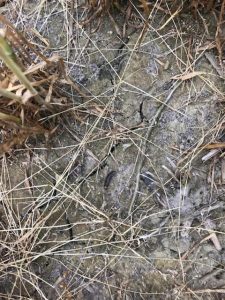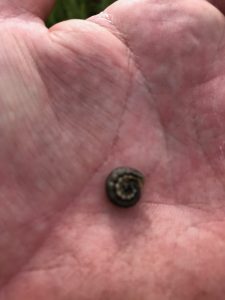I have received several reports from Virginia Beach and Chesapeake of armyworms infesting wheat and hay in large numbers. Neighboring regions of NC are experiencing similar outbreaks.
Overall, these infestations are rare in our state, but scouting is recommended. Fields treated previously with pyrethroids may be at higher risk because they contain fewer natural enemies to combat pest outbreaks. Armyworms feed at night and may be found under residue and at the base of plants during the day. Oftentimes, they can be seen curled into a c-shape (see photos below). Thresholds are one larvae (0.75 in or longer) per linear foot in barley and 2-3 per foot in wheat. Refer to Chapter 4 of Virginia Tech’s “Pest Management guide: Field Crops” for products and rates labeled for armyworm control in our state. Pay attention to PHI before making an application. Pyrethroids can be effective against armyworm. Good coverage is critical, especially in high residue fields.
Photos courtesy of JB Rigg, Helena Chemical.


